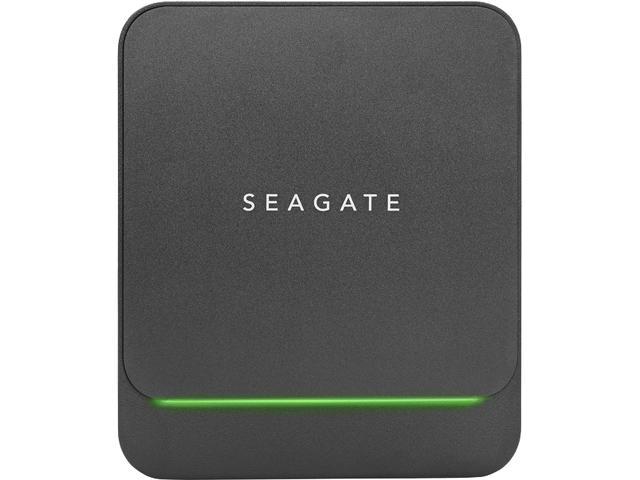

Not to mention, SSDs are the newer technology, and there’s an inherent attractiveness to the latest and greatest thing on the market. HDDs can run into all kinds of physical trouble once they get into their older age, and this won’t always work in today’s fast-paced world. The ability to fit all your most essential data into a compact drive that fits in your hand and then access it in an instant by simply plugging it into a laptop or desktop computer is far preferable to a slower-paced HDD that could take longer to start up.īeyond this, there’s also the fact that SSDs are less susceptible to physical malfunctions because there are no moving parts involved. Above all else, this is the most logical reason for someone to use an SSD to store their data and take it on the go. The Positives of SSDs as External Drivesįirst and foremost, SSDs are remarkably faster than HDDs - up to 20 times faster, as a matter of fact. It’s totally different from the way traditional HDDs operate, and, of course, this comes with its own unique set of pros and cons - especially when using an SSD as an external drive. Each block has a set amount of data it can hold, and each grid has a set number of gigabytes it can handle. SSDs do away with this hard disk technology, opting instead for a flash-based memory system that uses an array of blocks in a grid formation. HDDs resemble a series of stacked super tiny vinyl records, with transducers on moving arms in place of needles. This is quite the opposite of traditional HDDs, or hard disk drives, which were long considered the standard for computer storage and utilize spinning disks in order to read and write data. The term “solid state” is referring to the actual technology of the drive itself, which doesn’t require any moving parts in order to operate. SSDs ExplainedĪn SSD, or solid state drive, is a form of storage that is often found in laptops and desktop computers.

Is this a good idea, and how does it stack up against other types of external hard drives on the market? Let’s look at the facts. There are plenty of different kinds of external hard drives to choose from, but one that has grown more popular as of late is the idea of an SSD - or solid state drive - as an external hard drive. For years now, this need for portable storage has manifested itself in the form of floppy discs, flash drives, and now, external hard drives. As our lives become increasingly mobile, it’s only natural for people to seek portable storage options that can function on the go, as well.


 0 kommentar(er)
0 kommentar(er)
